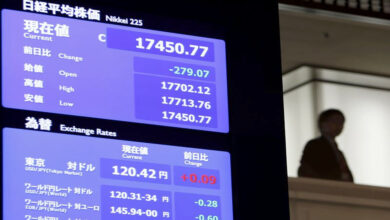SoftBank Corp in Japan Records a 2.1% Rise in Q1 Profits

SoftBank Corp (TYO:9434), the homegrown telecommunications titan under the umbrella of SoftBank Group (TYO:9984), has just announced a slight, yet impressive, uptick in their first quarter operating profits.
We’re talking about a modest rise of 2.1%, which might not sound like much at first blush. But, when you’re playing in the big leagues, even the smallest increase can pack quite a punch. So, this boost in the profit, although seemingly a pinch, is certainly no small potatoes.
Drilling down into the numbers, the profit for the period of April to June clocked in at a cool 246.3 billion yen (or about $1.73 billion if you’re counting in greenbacks). This is a tad higher than the 241.2 billion yen they raked in during the same slice of time last year. Not too shabby, right?
Now, if you’re wondering about the company’s crystal ball for the rest of the year, they’re not blinking. SoftBank is holding steady with their annual profit prediction of 780 billion yen for the fiscal year ending March 2024. This forecast might raise a few eyebrows as it’s slightly lower than the average guesstimate of 838.8 billion yen, as tallied by 18 bean counters over at Refinitiv. But hey, who doesn’t like a little suspense?
Just so you’re in the know, the exchange rate at the time of the announcement was $1 to 142.3900 yen. That’s it for now, folks. Let’s see how this story unfolds as the year ticks along. Stay tuned!





